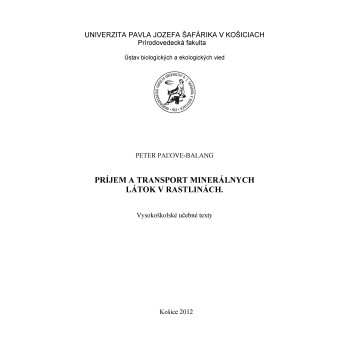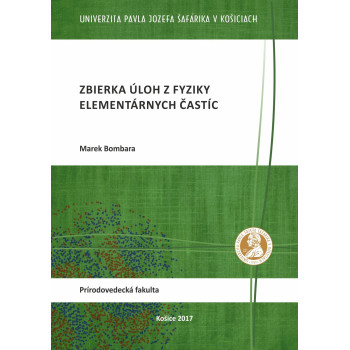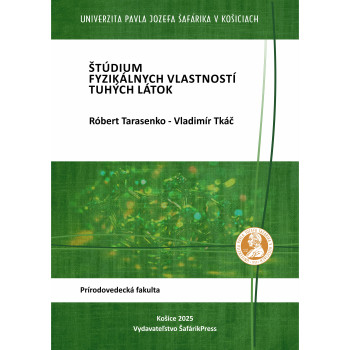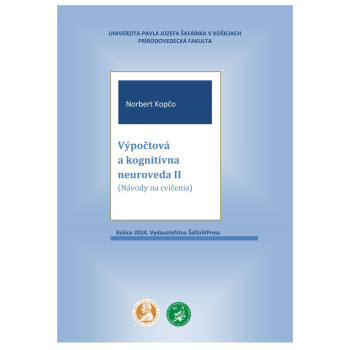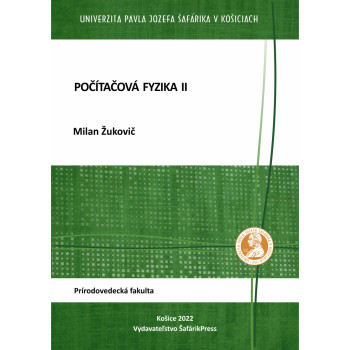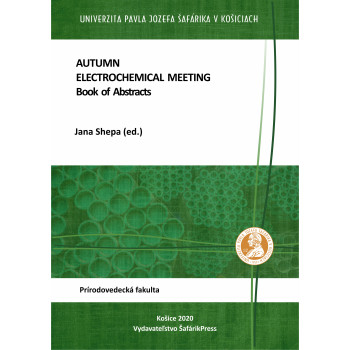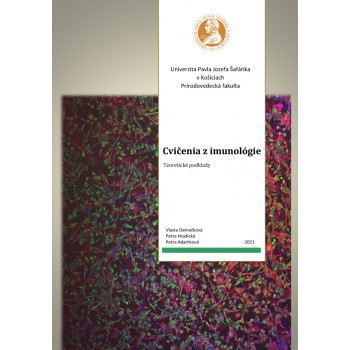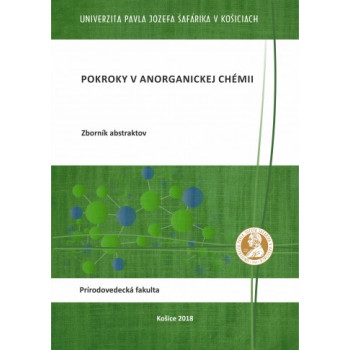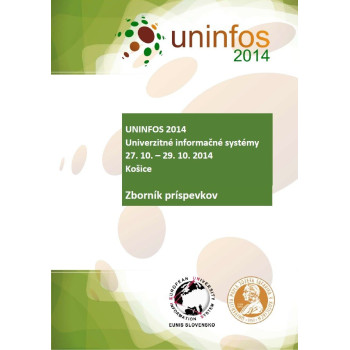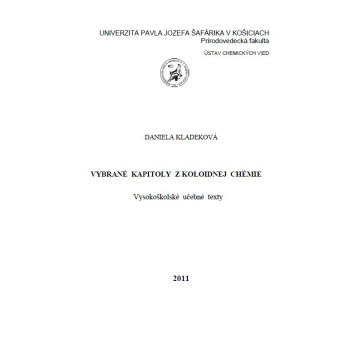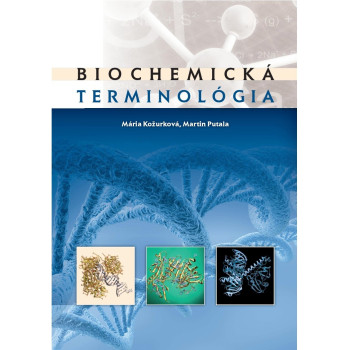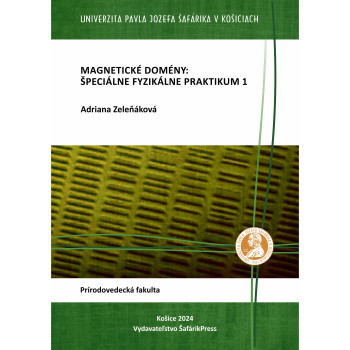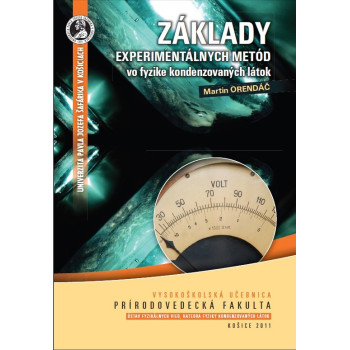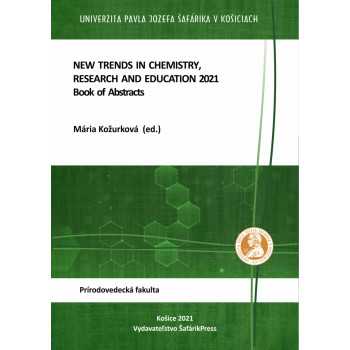
Príjem a transport minerálnych látok v rastlinách
E-book
The text ‘Uptake and transport of mineral substances in plants’ in Slovak language provides a general overview of the uptake and distribution of substances in an easy-to-understand form.
The individual chapters introduce students to the properties of the soil environment, which have a significant influence on the availability of substances, as well as the transport of substances across membranes and over medium and long distances. The text contains the latest findings from the English literature, supplemented by diagrams and graphs created by the author on the basis of his own research or by compiling several sources.
The text is intended primarily for students of a master's degree in biology or ecology and assumes at least a basic knowledge of plant physiology.



